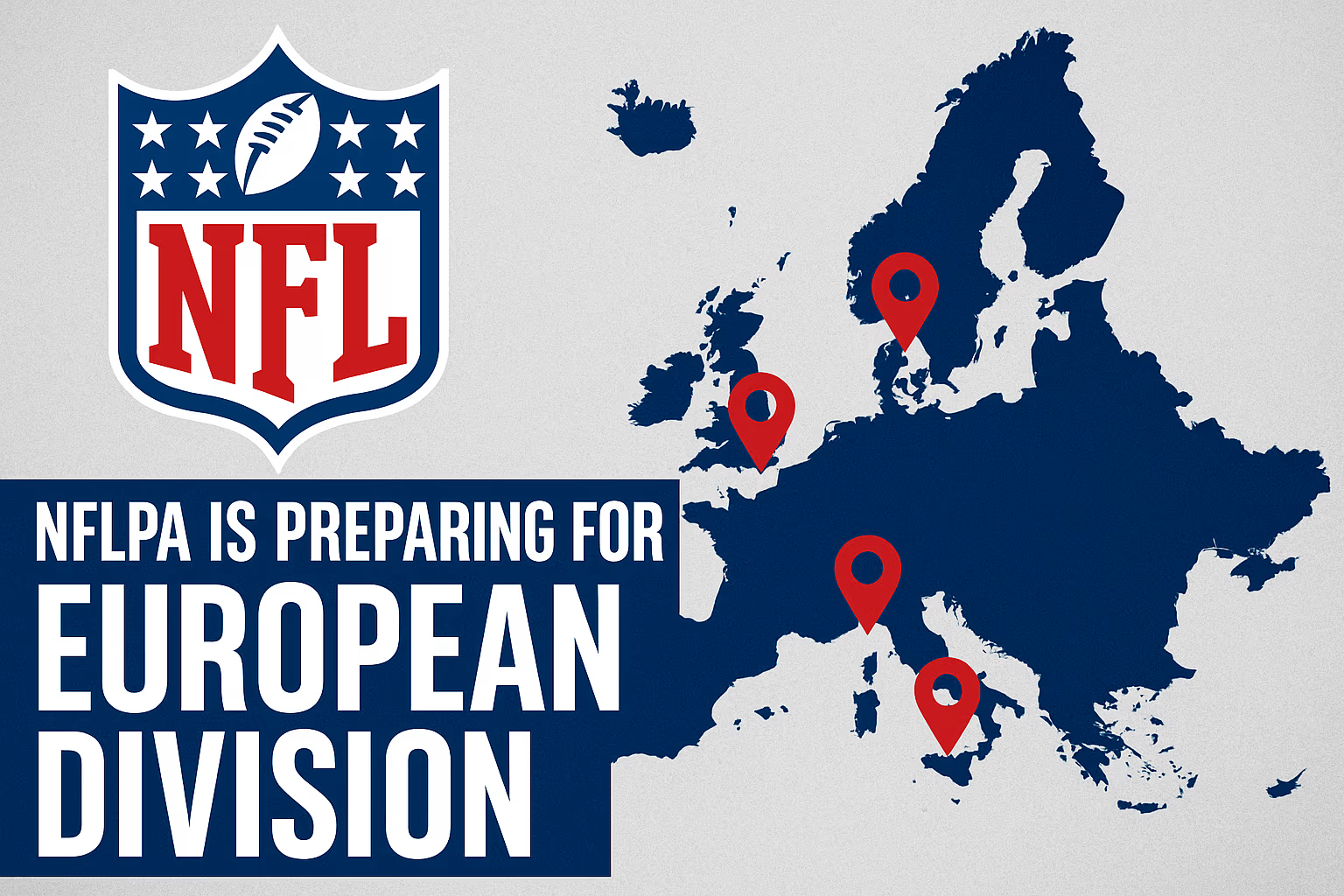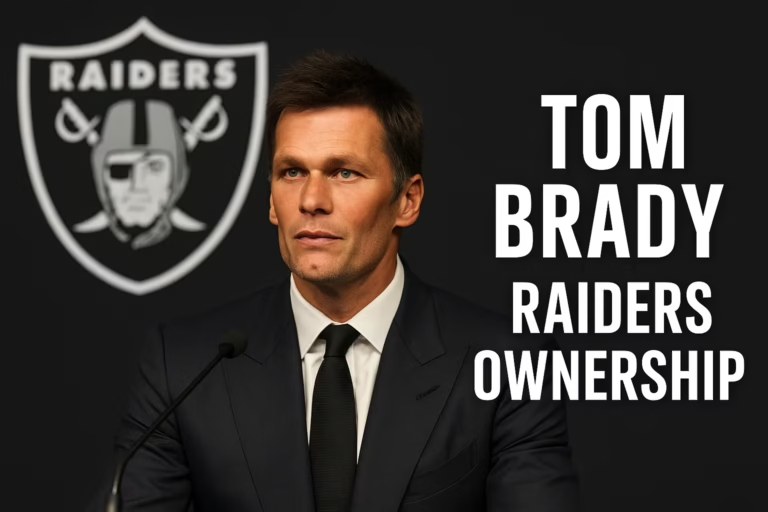The NFL’s ambition to go global has never been a secret. From regular-season games in London and Germany to grassroots initiatives across the continent, the league has flirted with the idea of international expansion for over a decade. Now, signs point to a dramatic next step: a full NFL European division of four teams..
Reports have emerged that the NFLPA is already bracing for such a development. Union officials have begun preparing contingency plans to protect players’ rights in what would be a historic and disruptive shift in the league’s structure. While the NFL’s appetite for global growth is understandable, the move to plant a permanent division overseas is riddled with logistical, competitive, and cultural hurdles that threaten to do more harm than good.
Table of Contents
The Case for a NFL European Division
Let’s be fair, there are some appealing elements to this proposal. From a revenue standpoint, international expansion offers new streams of income through broadcasting rights, merchandising, and sponsorships. The NFL’s London and Frankfurt games routinely sell out, and European fans have demonstrated a real hunger for American football.
For the league, a four-team NFL European division could help cement its global presence. It would also open the door to new partnerships, stadium deals, and player pipelines from untapped regions. In theory, this could evolve the NFL into a truly international product, much like the NBA or Premier League.
But the Logistics Don’t Make Sense
Despite those upsides, the logistical nightmare cannot be overstated. The travel demands alone would be unprecedented. European-based teams would face at least six to eight transatlantic flights per season, while American teams scheduled to play them would also be forced into grueling international travel windows. Fatigue, jet lag, and inconsistent performance would become unavoidable factors, undermining the competitive integrity of the league.
And how would scheduling work? Would the European teams be forced to play blocks of home and away games to minimize travel? If so, that disrupts the weekly rhythm that NFL teams are built around. If not, it puts players at greater risk of injury due to constant travel. Either way, the product on the field is likely to suffer.
Cultural and Financial Concerns for Players
The NFLPA’s involvement suggests that these concerns aren’t just theoretical. Players are not corporate assets. They are people with families, homes, and communities in the U.S. Forcing players to relocate to a foreign country, potentially mid-career comes with major life implications. It’s one thing to move states but forcing players to live in another country is wrong.
Tax systems vary greatly in Europe, and many countries have complex legal frameworks that could negatively affect players’ income and labor protections. There’s also the question of fan engagement: Will players want to play for teams in cities where they have no cultural connection or local support system?
Why This Feels Shortsighted
The NFL may be chasing a long-term dream, but it seems to be ignoring the short-term realities. Rather than force a European division into existence, the league would be better served by strengthening its domestic product and slowly building a more organic international following through media rights, localized content, and limited international games.
Establishing minor leagues or partnerships with existing European teams would be a much smarter, lower-risk approach. That path allows the NFL to grow its global presence without jeopardizing its core product or alienating its players.
Conclusion
The NFLPA is doing the right thing by preparing for the possibility of a European division. But the league itself should reconsider the entire premise. What looks good on a global strategy chart could very well become a logistical and cultural mess in reality. Expanding the NFL’s brand should be a marathon, not a transatlantic sprint.





